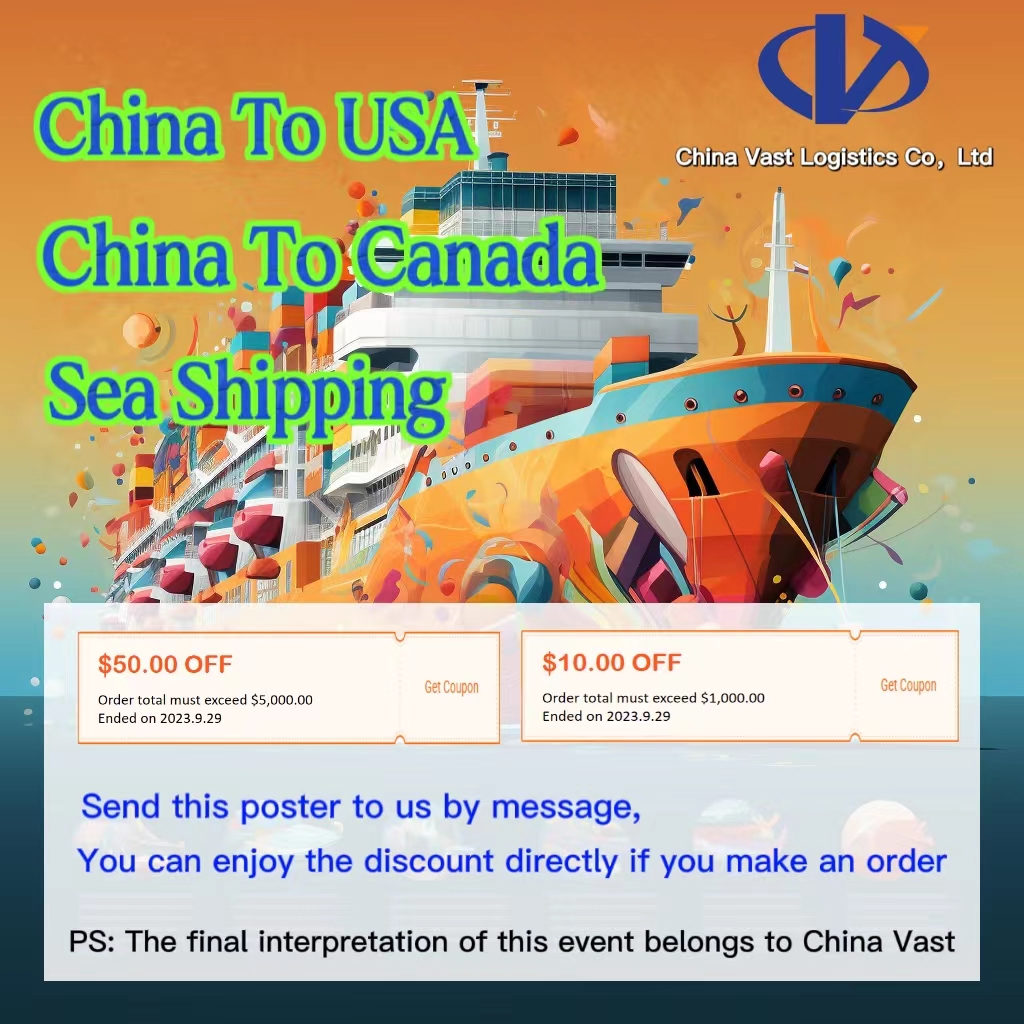In international trade, wooden packaging materials are the primary carriers for the cross-border spread of harmful organisms. According to the International Plant Protection Convention (IPPC), invasive species spread by wooden packaging cause global economic losses of more than USD 100 billion annually. This article systematically analyzes the core logic and standardized fumigation process.
01. Why Do Import and Export Goods Require Fumigation?
The fundamental purpose of fumigation is to prevent the cross-border spread of pests. Although wooden packaging has advantages such as high strength, good toughness, and recyclability, it is also the main medium for the spread of forest pests across borders.
Pests such as pine wood nematodes, longhorn beetles, termites, borers, and wood wasps can hitch a ride in wooden packaging, causing severe damage to the importing country’s forest resources and ecological environment.
Countries with strong agricultural and forestry protection policies, including Australia, New Zealand, the United States, and Canada, make fumigation a mandatory requirement for imported goods. For example, Australia’s island ecosystem is fragile and vulnerable to invasive species. If pests were introduced, they could cause devastating damage to local agriculture and forestry.
The IPPC explicitly stipulates that untreated wooden packaging materials are prohibited from entry. Fumigation by high temperature or chemical treatment effectively kills pests, avoiding invasive species risks.
02. What Types of Goods Require Fumigation?
-
Wooden packaging materials: wooden crates, pallets, reels, barrels, dunnage, blocks, sleepers, and lining boards. (Note: not all wooden packaging requires fumigation.)
-
Logs and wood products: unprocessed or lightly processed logs, certain solid wood furniture, and wood crafts.
-
Some agricultural products: crops such as grains and beans with shells, which may carry pests.
Exceptions:
-
Plywood, particleboard, fiberboard
-
Packaging made entirely of boards thinner than 6mm
-
Specially treated wooden packaging (e.g., wine barrels, decorative wooden boxes)
03. Countries and Regions Requiring Fumigation
Fumigation is mandatory for goods exported to:
United States, Canada, EU countries (Germany, France, Italy, Spain, etc.), Japan, Australia, South Korea, New Zealand, Brazil, and Mexico.
👉 Note: The U.S. and Canada require official fumigation certificates; the EU mainly applies fumigation requirements to coniferous wood packaging.
04. Standard Fumigation Process
-
Preparation and inspection
-
Fill out the fumigation contact form (with consignee, destination, container number, fumigant used).
-
Submit documents such as packing lists, invoices, and contracts to the local inspection bureau 7–8 days in advance.
-
-
On-site fumigation
-
The fumigation team labels the wooden packaging (including IPPC markings if required).
-
Goods are sealed in containers and fumigants (commonly methyl bromide or phosphine) are applied.
-
Sealed time: about 24 hours.
-
-
Ventilation
-
After fumigation, containers must be ventilated for at least 4 hours.
-
Some ports, such as Yantian and Shekou, require stricter 36-hour periods.
-
-
Certification and marking
-
The fumigation company issues a certificate with treatment details.
-
A fumigation warning label with a skull symbol is placed on the container door, removed after 24 hours.
-
05. Key Compliance Points
-
IPPC marking requirements: must include IPPC logo, country code (e.g., CN for China), enterprise registration number, and treatment code (HT for heat treatment, MB for methyl bromide). Markings must be permanent and not in red/orange.
-
Packaging requirements: wooden packaging must be free of bark and insect holes. Damaged packaging should be replaced.
-
Time requirements: fumigation = 24 hours; ventilation = 4 hours. Certificate validity = 21 days.
-
Fumigant choice: methyl bromide (effective but ozone-depleting, restricted in some countries); phosphine (eco-friendlier, widely used).
-
Storage: treated goods should be shipped promptly and stored separately from untreated wood to prevent reinfestation.
06. Types of Fumigation
-
Full-container fumigation: goods are fumigated in sealed containers, with or without IPPC markings.
-
Consolidated (LCL) fumigation: multiple shipments can be fumigated together if destined for the same port/country/voyage under the same inspection bureau.
-
Packaging-only fumigation: only the wooden packaging is fumigated if the cargo itself is exempt.
✅ Fumigation costs are relatively low compared to the risks of shipment rejection and return. As customs policies evolve, businesses must stay updated and adjust processes accordingly.
Compliance is the passport to international trade—proper fumigation ensures smooth cross-border delivery and successful entry into global markets.

